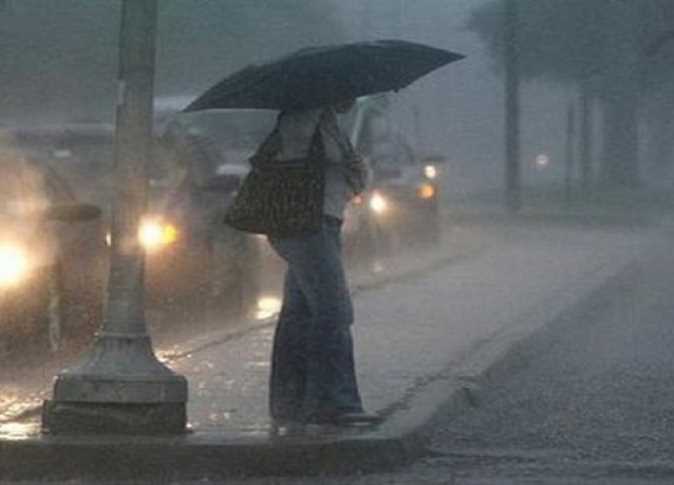The Earth experiences millions of rain, thunder and lightning storms every year, but in Cairo they are very rare. With Mohandessin reporting rainbows and backed-up traffic, Cairo is always a little taken aback by the surprise showers that appear in the fall and spring.
But children all over the world, whether used to lightning storms or not, are curious about the flashing sky and often frightened by the sound of thunder. So how do you calm their fears? How about a few little facts you may have forgotten from science class to make lightning and thunder just a little bit fun?
Lightening is an electric current produced by tiny frozen raindrops and the friction they cause as they move about in a cloud. Much like static electricity, the collisions of the raindrops against one another creates an electrical charge. The positive charges (or protons) form at the top of the cloud and negative charges (or electrons) form at the bottom.
Many types of lightning can come from these charges — the most common of which is intra-cloud lightning, lightning that occurs due to the friction between the two charges inside the cloud.
The second most common is cloud-to-ground lightning. The opposite attraction causes a positive charge to build up on the ground beneath the cloud. Subsequently, the ground’s electrical charge concentrates around anything sticking up — a tree, a mountain, even a person if they are the highest point in the vicinity. Lightning is merely the ground’s charge meeting the cloud’s charge!
Lightning can be dangerous — if you see lightning, you should head indoors or look for cover. While being struck by lightning is rare, the Earth’s electrical charge will look for the highest point to reach the sky and if that’s you, you are in for the shock of your life. Also keep in mind that the tree, umbrella, or tower you are hiding under could be the highest point. Stick to structures like buildings and houses.
Fun weather facts
1. Rainbows are caused by the effect of sunlight on millions of raindrops. A rainbow is made up of the colors in the light spectrum: red, orange, yellow, green, blue, indigo, and violet.
2. The typical speed of a raindrop is 27km per hour.
3. Rain contains vitamin B12.
4. At any particular time, there are approximately 1800 thunder storms happening at once in the Earth’s atmosphere.
5. Most rainbows last only a few minutes.
6. How far away is lightning? During a storm, count the number of seconds between the flash of lightning and the sound of thunder; that’s approximately how many kilometers away the lighting is.
7. Cold air is heavier than warm air.
8. Thunder is caused by lightning.
9. We see lightning before we hear thunder simply because light travels faster than sound!
10. What we see as a flickering flash of lightning is probably four different strokes flashing at the same place, one after another.
Static electricity experiment
If you want to teach your kids a little about static electricity, all you’ll need is a balloon and something wool, nylon or fur. Blow up the balloon and rub it against the wool for a few seconds. Then hold it next to a wall and let go! The balloon should stick to the wall. When you rub the balloon you gather negative charges to that side of the outer layer of the balloon. If only for a moment, the balloon is able to attract the positive charges from the wall and ‘stick’ to it.




